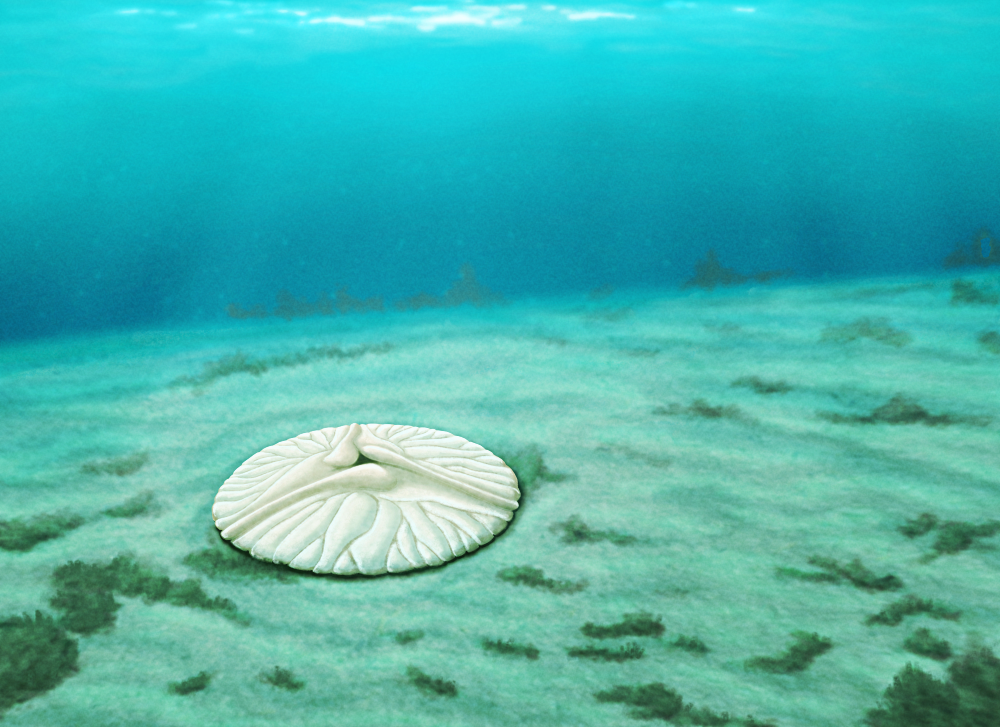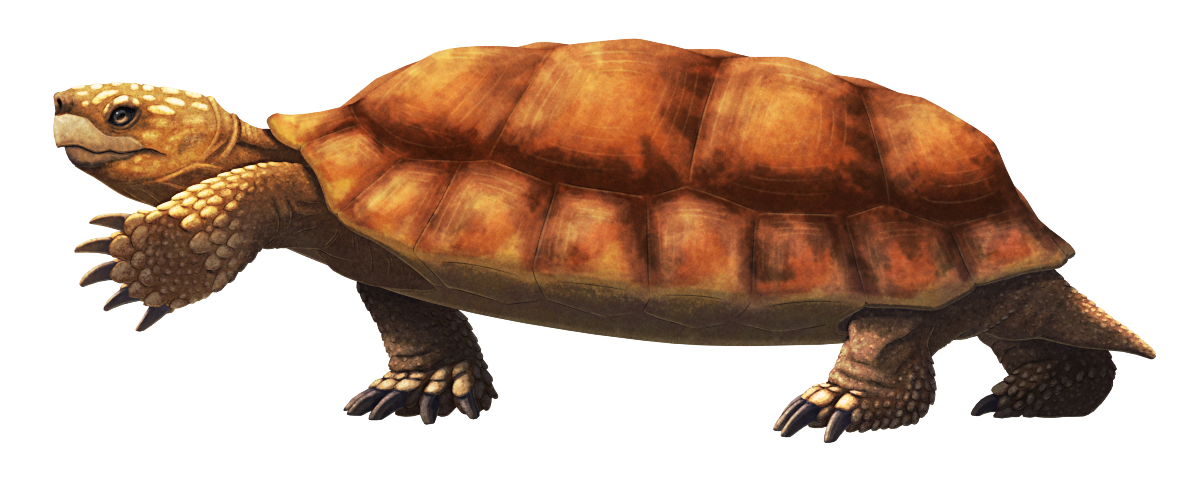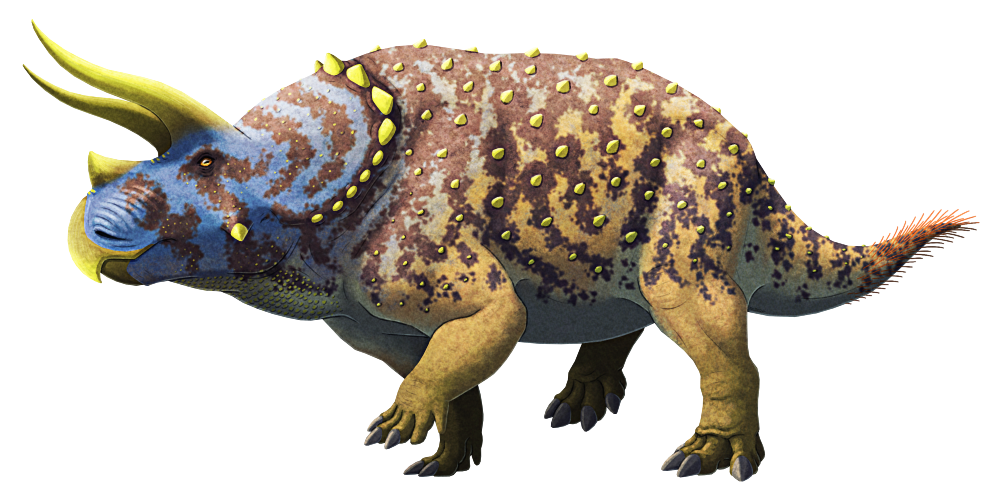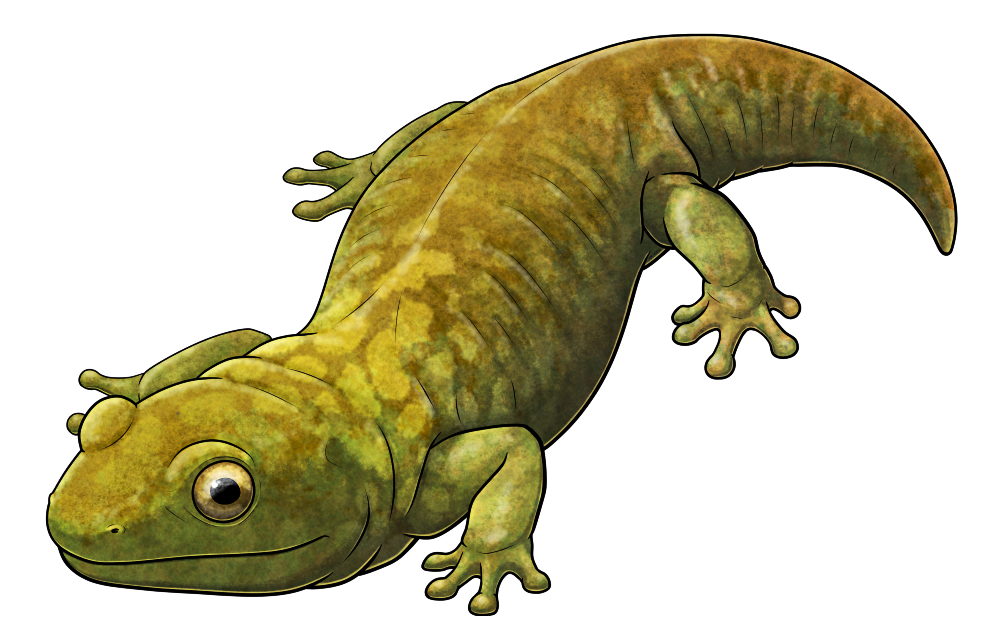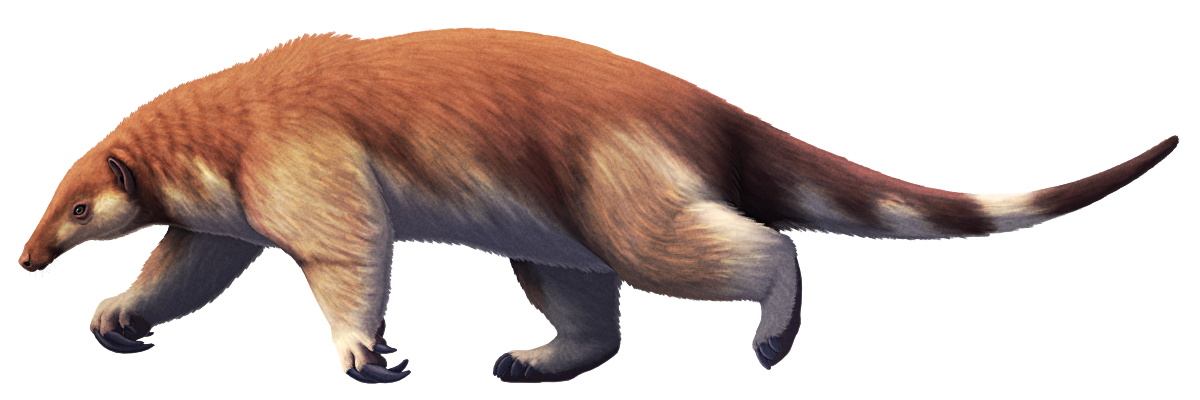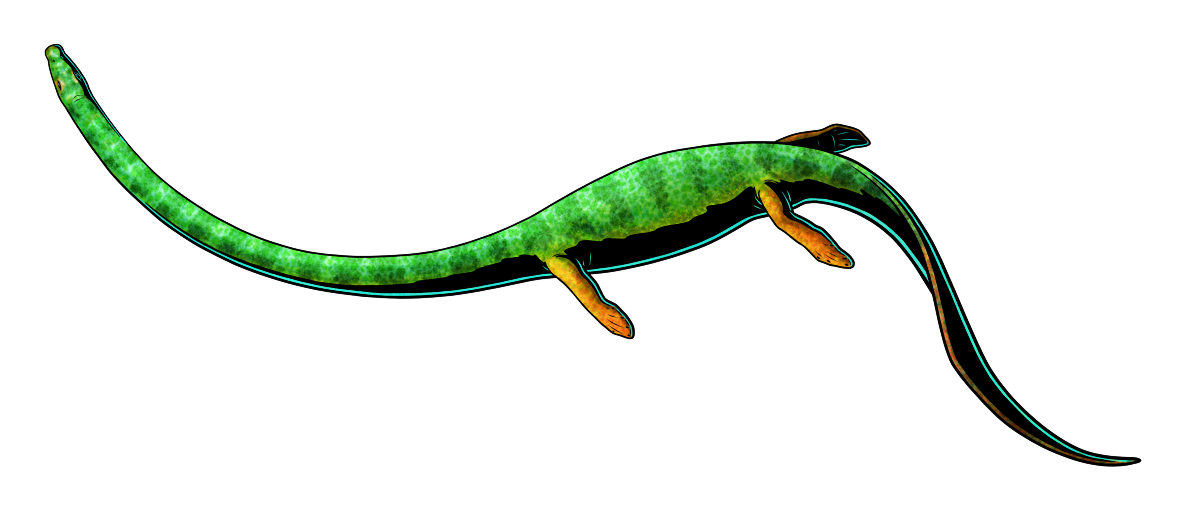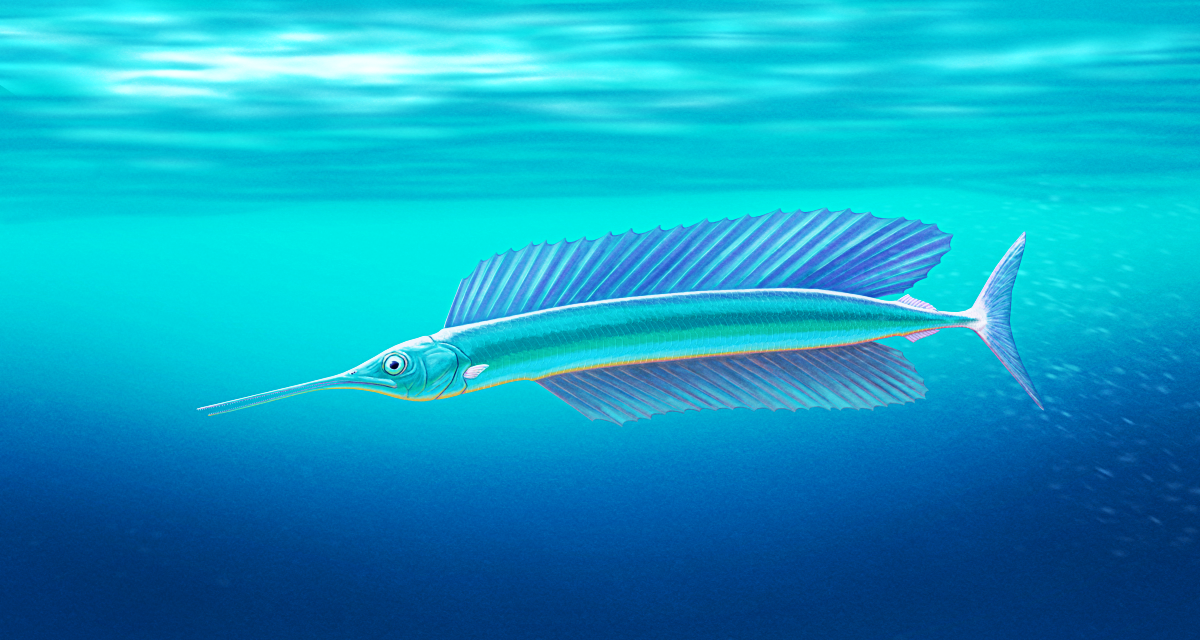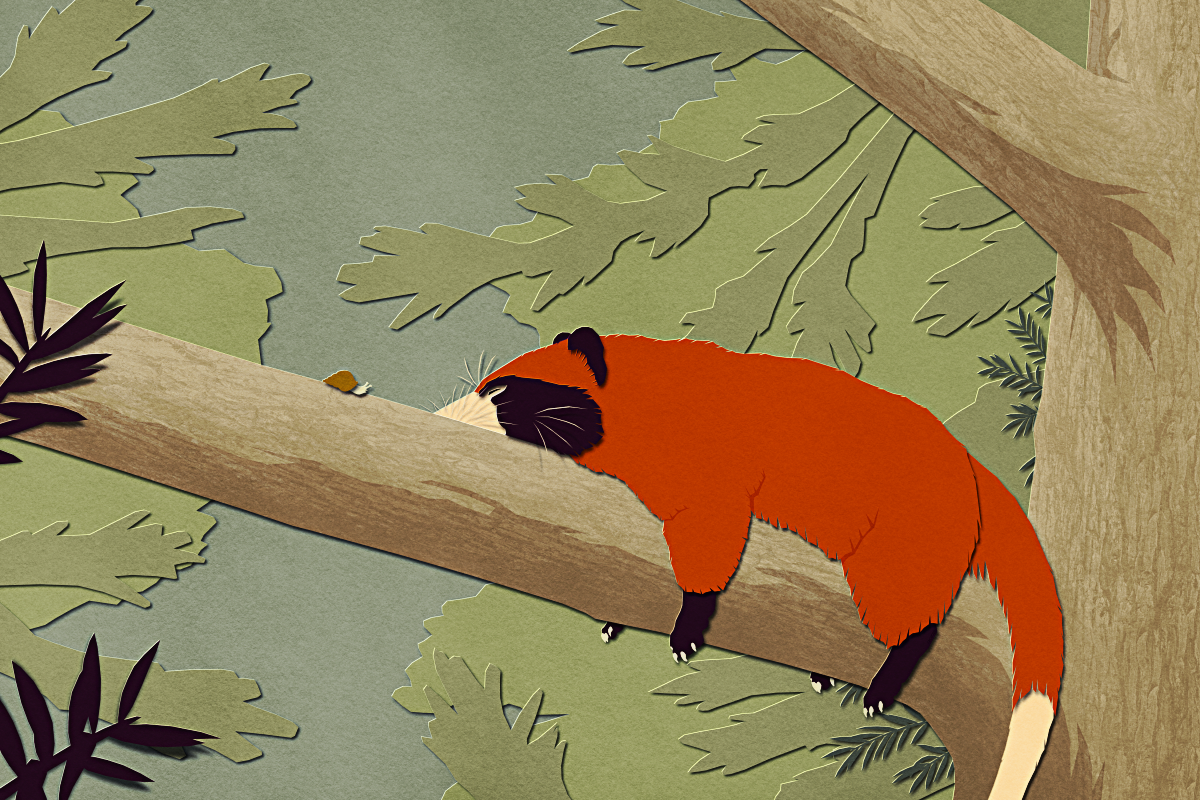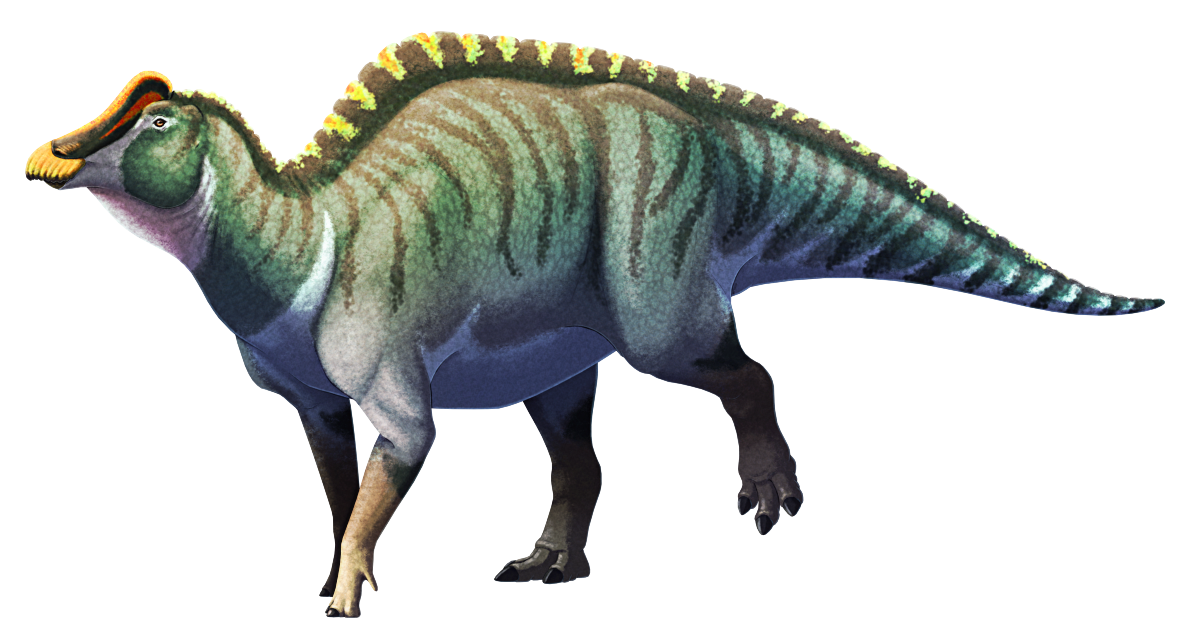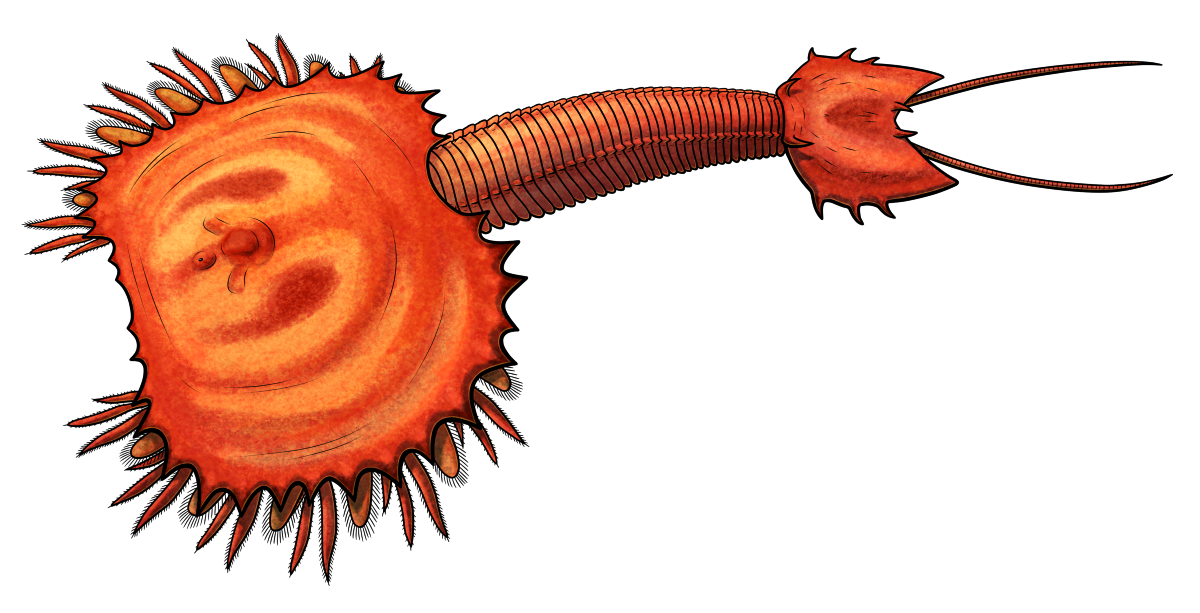Much like the aquatic Compsognathus featured here a couple of years ago, not every novel idea that came out of the Dinosaur Renaissance was a winner.
And one of the oddest examples came from author/illustrator John C. McLoughlin.
His 1979 book Archosauria: A New Look at the Old Dinosaur featured an unusual interpretation of ceratopsian dinosaurs’ characteristic bony frills, proposing that they were actually muscle attachment sites for both powerful jaw muscles and enormous back muscles to help hold up their large heavy heads. This would have completely buried the frill under soft tissue, giving the animals massive thick necks and humped shoulders, and resulted in an especially weird reconstruction of Triceratops with a grotesque sort of wrinkly sewn-together appearance.
This concept didn’t entirely originate from McLoughlin – three years earlier in 1976 he’d illustrated Ronald Paul Ratkevich’s book Dinosaurs of the Southwest, which seems to have been the inspiration for Archosauria’s fleshy-frilled ceratopsians. A few paleontologists had also proposed jaw muscles attaching onto the frills during the 1930s and 1950s, and there’s even a book from as far back as 1915 that also shows the top of a Triceratops’ frill connected to its back! But McLoughlin’s Archosauria image is still by far the most extreme and infamous version of the idea.
There were a lot of things in Archosauria that were actually very forward-thinking for the time period, such as putting fuzz and feathers on small theropods and depicting non-avian dinosaurs as active fast-moving animals. The unique ceratopsian reconstructions, however, never caught on for several big reasons:
Firstly, all that hefty muscle tissue would have locked ceratopsians’ heads firmly in place, unable to move at all, which just doesn’t make sense biomechanically. Then there was the lack of skeletal evidence – muscles that big should have left huge visible attachment scars all over the frill bones, and there was no sign of anything like that on any fossil specimens. Finally, it turns out the ceratopsian head-neck joint was actually highly mobile, suggesting their heads were free to make a wide range of motions in life.
As wrong as they were even at the time, McLoughlin’s ceratopsians were still an interesting speculative idea, and notable for advocating for fleshier dinosaur reconstructions at a time when paleoart was trending towards shrinkwrapping.
Further reading under the cut:
Continue reading “April Fools 2024: The Curious Case Of The Chunky-Necked Ceratopsians”

